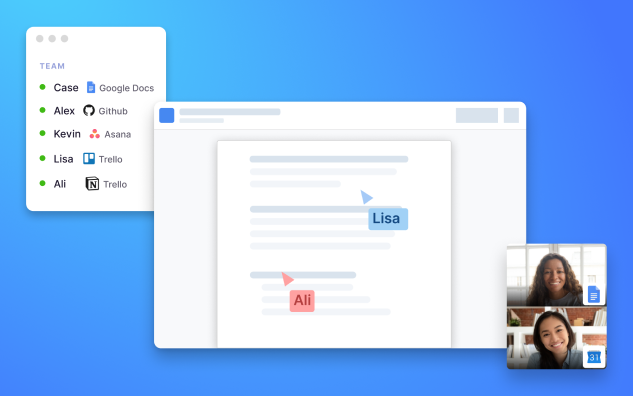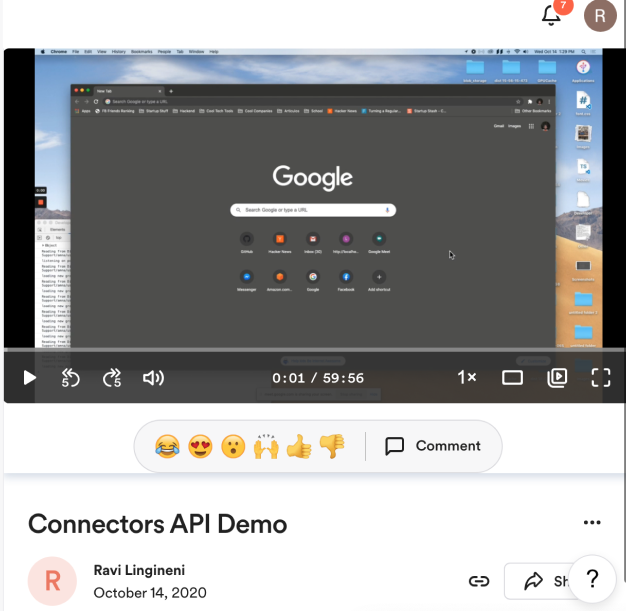When I started working on my first startup, I had to do some hiring to help me build the product faster.
Armed with a little bit of savings, I had two paths in front of me. Either hire one person as a part-time contractor, or leverage 15 UT Dallas Senior Design students.
15 people - what?
When COVID came around, my old university had an opportunity to sponsor Senior Design projects. Because of many unknowns that year, there were fewer company sponsors than the school typically had. So I found a sponsorship price where I could have 3 teams of 5 people each for about the cost of one contractor.
I went with the 15 Senior Design students. However, the downside was that these students may not have had much professional experience. The upside was more people who could execute on a larger project. So there was a chance that we wouldn’t make any progress. A calculated risk, per se.
Though I had worked on a Senior Design team before, this was a crash course in managing them. Multiple teams at once.
Running an Internship
As a one-man leader for each of the teams, I had to be hyper-focused to continue my regular work and direct the teams. At larger companies, interns don’t get a lot of pressure to deliver on a project. However, in my startup, I was making a bet that they could deliver. I needed them to help me make progress on the startup and walk away with developed skills.
I didn’t know much going into this experience. In fact, I was fairly naive about what we could achieve. But I did learn a lot from my crash-course on working with so many people, and things I learned to make our working more effective:
-
Teach them one thing they can practice
Interns may not know much when they first join a job. That’s expected. It was on me to help them grow into the role. However, I quickly realized that I couldn’t give them multiple responsibilities. Every new responsibility or context space I introduced was a new skill I had to teach. If you’re playing teacher and manager at the same time, life gets hard really fast.
To maximize their time and mine, creating an environment where they could really master a skill helped them shine.
For example, one of the projects I assigned to a team was called API integrations. API integrations was a shared service that called different APIs with the same schema. Once I taught the group how to build one single integration, they were able to run with it.

Our integrations library
The work was repetitive enough where everyone had a chance to master their ability to work with REST APIs, read documentation, and learn about structures. The team, once having learned the skill, could knock out multiple integrations after a while. This helped keep their focus and over time let me be more picky about pushing them to make better integrations.
-
Stay Accessible
One thing that bothered me was when people would wait till our next scheduled meeting to ask a question to unblock themselves.
Is there a stupid question?
On the leadership side, I realized that there really is no such thing as a stupid question. I wanted to keep the ship moving, and time lost waiting is time not spent making progress.
Sometimes, it can feel icky when you’re the lone leader. This can also mean people aren’t as comfortable reaching out. So I helped ease that by opening up group office hours. That also helped check-ins become more casual, and people started talking more.
A tool that was helpful in the process was Tandem. This was a Slack alternative, despite the ongoing pandemic, it made it easier to feel everyone’s presence.

Tandem made collaboration faster
-
Keep a digital trail
I found it helpful to record teaching sessions. This meant that I wasn’t spending a lot of time re-teaching the same workflows to different interns. As a teacher, I learned to accept that everyone runs at a different pace. That’s totally fine. It was up to me to connect the peers together so they could unblock each other.
Everything also had to be written out because we didn’t have shared whiteboards. If someone missed something, they should always be able to read it later. The pandemic also forced people to write more.

Loom made it easy to record and save sessions for later
-
Interns Leave
A mistake I had made was assuming the motivations of my team were aligned with mine. The very nature of interns is that they will leave after a period of time.
I was looking out for business success. My interns were looking to gain experience and get hired. Knowing that the road ends can change the way people approach work. I knew I didn’t have the budget to hire 15 people.
Would you have done it differently?
Looking back, this insight is one of those 'duh' moments. Yes, I probably should have gone for a full-time hire. At an early stage startup, focus is key, and playing teacher takes that focus away. Despite the enthusiasm from the teams, I didn't anticipate how much I would have to teach.
Parting thoughts
The biggest thing for an intern is growth. So expecting a set of work to be completed doesn’t always account for what they need to learn to get that done.
But working with interns, and honestly a lot of them, has also left me with a better sense of driving early engineers to success. It helped me learn how to set-up a good playground for them to succeed. But despite all my learnings, I might still wait on taking 15 of them :)
